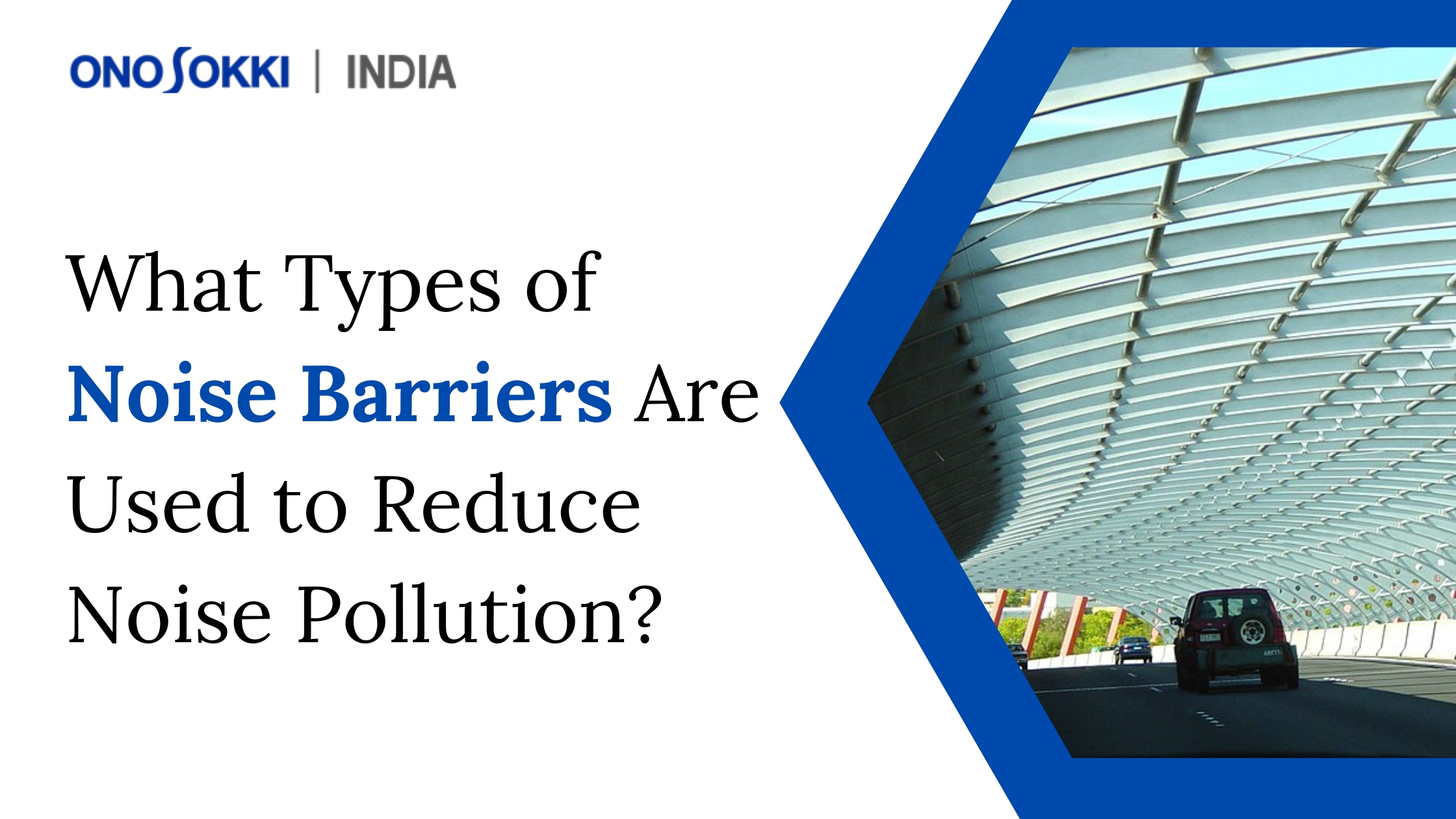



Urban and industrial areas are the problematic areas for the thriving noise pollution, which is wreaking havoc on human health and also is harmful to the environment. The measure of sound through the means of noise barriers differs depending on the location. These barriers help in reducing unwanted sound by absorbing, reflecting, or deflecting noise waves. We’ll be looking at all the available varieties of noise barriers that can be used for example in acoustic soundproofing, highway noise walls, and urban noise reduction in this article.
A noise barrier is a physical structure that is meant to stop and lessen noise pollution which comes from different objects, including highways, railways and industrial facilities. Actually, these barricades are necessary for enhancing the living conditions in residential and commercial areas. Closed-cell foam is sometimes integrated into these barriers to add to their soundproofing for an exceptional effect on the propagation of interfering sounds.
Noise barriers come in various designs and materials, each serving a specific purpose in noise reduction. Some of the most commonly used noise barriers include:
Concrete noise barriers are widely used due to their durability and excellent noise-blocking capabilities. These barriers effectively reduce traffic noise, making them ideal for highway noise walls. They work by reflecting the sound waves back to their source, thereby reducing the noise impact on surrounding areas.
Metal noise barriers are made from aluminum or steel and are often combined with sound-absorbing materials. They are commonly used in industrial areas and along highways to reduce noise pollution.
Transparent noise barriers, often made from acrylic or polycarbonate, are commonly used in urban areas to maintain visibility while reducing noise pollution. These barriers are frequently seen on bridges, highways, and railway lines.
Wooden noise barriers are an eco-friendly alternative that provides a natural aesthetic while reducing noise pollution. They are often used in residential and park areas where visual appeal is important.
Earth berms are natural or artificial mounds of soil covered with vegetation that serve as effective noise barriers. They are commonly used along highways and residential communities.
One of the best examples of green walls is the ones that use plants to deflect sound and noise. The most suitable place of these barriers is in the city, whereby they can be added to the walls and fences.
Composite noise barriers incorporate multiple materials, including concrete, metal and sound-absorbing foams, into a mixture that makes them easier to use. The roads are built to deal with the noise through the best results of both, reflecting the noise back and absorbing it on their rows.
Selecting the appropriate noise barrier depends on several factors, including the source of the noise, the environment, and budget constraints. Here are some considerations:
Nowadays, a lot of noise barriers comprise not only walls, but also and mostly acoustical soundproofing materials built with sound-absorbing foams and perforated panels, so that they are more effective in the performance. These materials support not only the sound reflection level but also the sound absorption level, which has made them play the most crucial role in overcoming noise mitigation strategies.
Noise pollution is truly a big issue in modern times. A noise barrier that is right for the place can effectively lessen the noise, give the people a better living environment while giving the city a better look as well. Of course, noise barriers that are made of high-quality highway materials, urban noise-reducing techniques, and the right kind of sound blockers are all part of the mix that can make traffic noise go away. Not only are people more satisfied when sound barriers are put up, but acoustic soundproofing products also have benefits such as noise pollution reduction and the creation of serene surroundings.